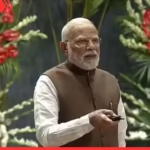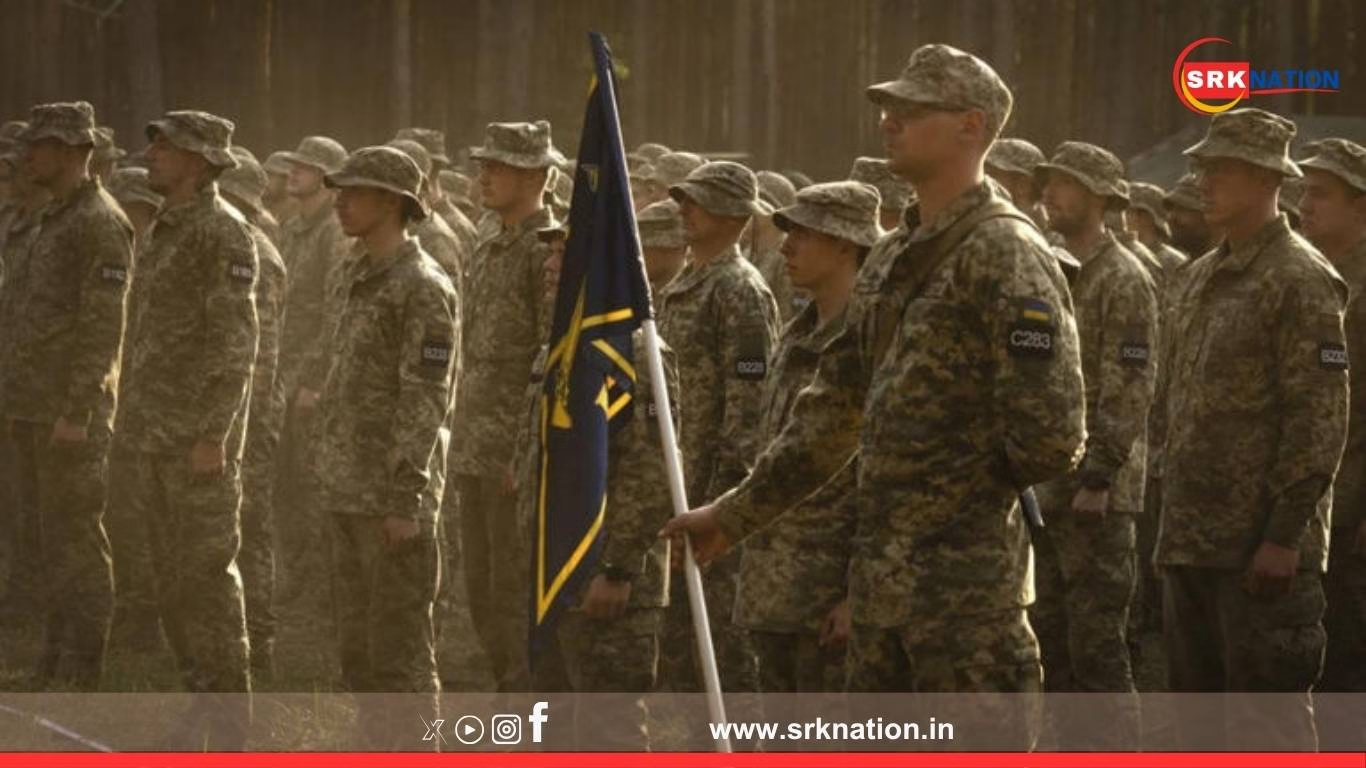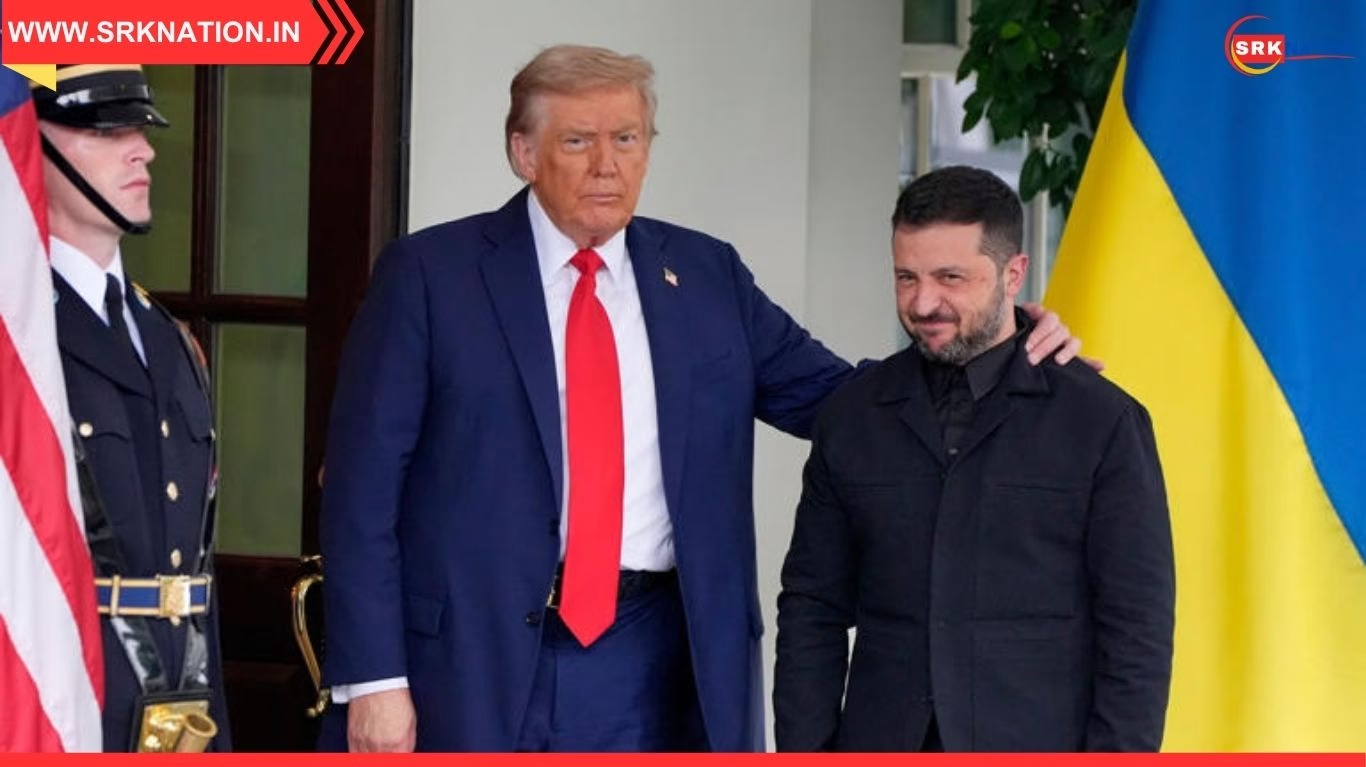In a significant escalation of its ongoing campaign against Ukraine’s defence infrastructure, Russia has begun systematically targeting military recruitment and draft offices using Iranian-designed drones. This new phase in Moscow’s strategy seeks to undermine Kyiv’s troop mobilisation and rotational deployment capabilities, adding a dangerous layer to an already brutal conflict.
Why draft offices are targeted
Recent weeks have seen a surge in drone and missile strikes against Ukraine’s border command centres, brigade headquarters, and now conscription offices. According to Ukrainian officials, these strikes are intended to:
- Disrupt new recruit intake and processing
- Delay rotation of frontline units
- Lower public confidence in Kyiv’s ability to protect core administrative structures
In Chernihiv, Kharkiv, and Odesa regions, at least nine draft offices have been targeted since mid-June. These facilities are critical to Ukraine’s mobilisation process as they handle:
| Function | Role in troop movement |
|---|---|
| Registration & medical check-ups | Initial formal entry into military service |
| Unit assignment & transport coordination | Deployment to training bases and frontlines |
| Record updates & reserves recall | Keeping accurate reserve troop databases |
Role of Iranian drones in Russian strikes
Russia continues to deploy Iranian-designed Shahed-series kamikaze drones, modified locally as Geran-2, with increased operational ranges and payloads. Key aspects include:
| Feature | Details |
|---|---|
| Design origin | Shahed-136, Iran |
| Russian designation | Geran-2 |
| Range | ~1000-2000 km depending on variant |
| Warhead capacity | ~30-50 kg high-explosive fragmentation |
| Cost per unit | ~$20,000–50,000 (relatively cheap compared to cruise missiles) |
Ukrainian Air Force spokesperson Yurii Ihnat confirmed:
“These drones are now widely used not just for terror strikes against cities but also tactical missions to destroy command nodes and mobilisation facilities.”
Ukraine’s mobilisation challenges under attack
Ukraine’s military mobilisation, already under strain due to a protracted frontline and rising casualty rates, is being impacted in three critical ways:
- Physical destruction of recruitment offices, delaying local draft intakes
- Psychological deterrence as civilians fear appearing at targeted sites
- Administrative disruptions, leading to troop assignment delays
A senior Ukrainian defence official noted that such strikes:
“Aim to erode our ability to maintain force levels by instilling fear among eligible men and hindering centralised call-ups.”
Russia’s evolving drone warfare doctrine
Russian military analysts have called this a demonstration of “smart attrition tactics” – using cheap drones to:
- Target critical but lightly defended infrastructure
- Conserve expensive cruise and ballistic missiles
- Force Ukraine to expend costly air defence interceptors on low-cost drones
This strategy aligns with Moscow’s broader hybrid warfare approach that integrates kinetic attacks with psychological warfare to destabilise society.
Iran-Russia drone collaboration: A growing axis
Iran’s drone technology transfer to Russia has emerged as a major geopolitical flashpoint since 2022. Under the reported agreements:
- Iran supplies drone parts and designs
- Russia assembles them locally to avoid direct sanctions breach
- Co-production agreements have led to facilities in Tatarstan producing upgraded variants
Western intelligence agencies estimate that hundreds of Shahed/Geran drones have been delivered or produced since late 2022, with ongoing training for Russian operators by Iranian technicians.
Comparative table: Iranian vs Ukrainian drone capabilities
| Parameter | Iranian Shahed-136 (Geran-2) | Ukrainian domestically-built drones |
|---|---|---|
| Operational range | ~1000-2000 km | ~500-1000 km |
| Payload capacity | ~30-50 kg | ~5-20 kg (depending on model) |
| Guidance | Inertial + GPS | GPS + video guidance (some models) |
| Unit cost | ~$20,000-50,000 | ~$10,000-30,000 |
Ukraine’s response and countermeasures
To counter these attacks, Ukraine has:
- Enhanced electronic warfare units to jam drone GPS signals
- Deployed mobile air defence teams equipped with anti-aircraft guns and MANPADS to intercept drones en route
- Dispersed draft operations to smaller, undisclosed locations to reduce targeting efficiency
However, officials admit that a complete defensive shield is challenging due to the volume and low-altitude flight profiles of such drones.
Strategic implications for the war
Military analysts argue that these targeted drone strikes on mobilisation infrastructure signal:
- A shift towards strategic paralysation of Ukraine’s war effort rather than purely tactical gains
- An attempt to create internal chaos, forcing Kyiv to divert resources to domestic security and civilian reassurance
- Preparation for potential larger offensives, as troop mobilisation delays reduce Ukraine’s reserve deployment speed
International reactions
Western allies have condemned Iran’s drone supply to Russia, with US Secretary of State Antony Blinken recently stating:
“Iran’s lethal support to Russia prolongs the war and fuels humanitarian suffering. We will continue to impose costs on drone networks facilitating such transfers.”
Meanwhile, Israeli intelligence assessments continue to monitor Iran’s drone proliferation closely, fearing similar tactics against its interests in the region.
Future outlook: Drone warfare intensifies
Ukraine’s Defence Minister Rustem Umerov has called for urgent delivery of additional air defence systems, specifically:
- Short-range anti-drone guns and interceptors
- Electronic warfare trucks
- Counter-UAV radars
As the war enters another summer of attritional battles, Russia’s use of Iran-designed drones for strategic infrastructure attacks demonstrates a new dimension of hybrid warfare that combines affordability, psychological impact, and operational disruption.
Disclaimer
This article is based on verified statements from Ukrainian defence officials, Russian military briefings, Western intelligence assessments, and open-source data on drone warfare. It is intended for public analysis and does not endorse any side in the conflict. Readers are advised to follow official updates for operational security and humanitarian advisories in affected regions.











